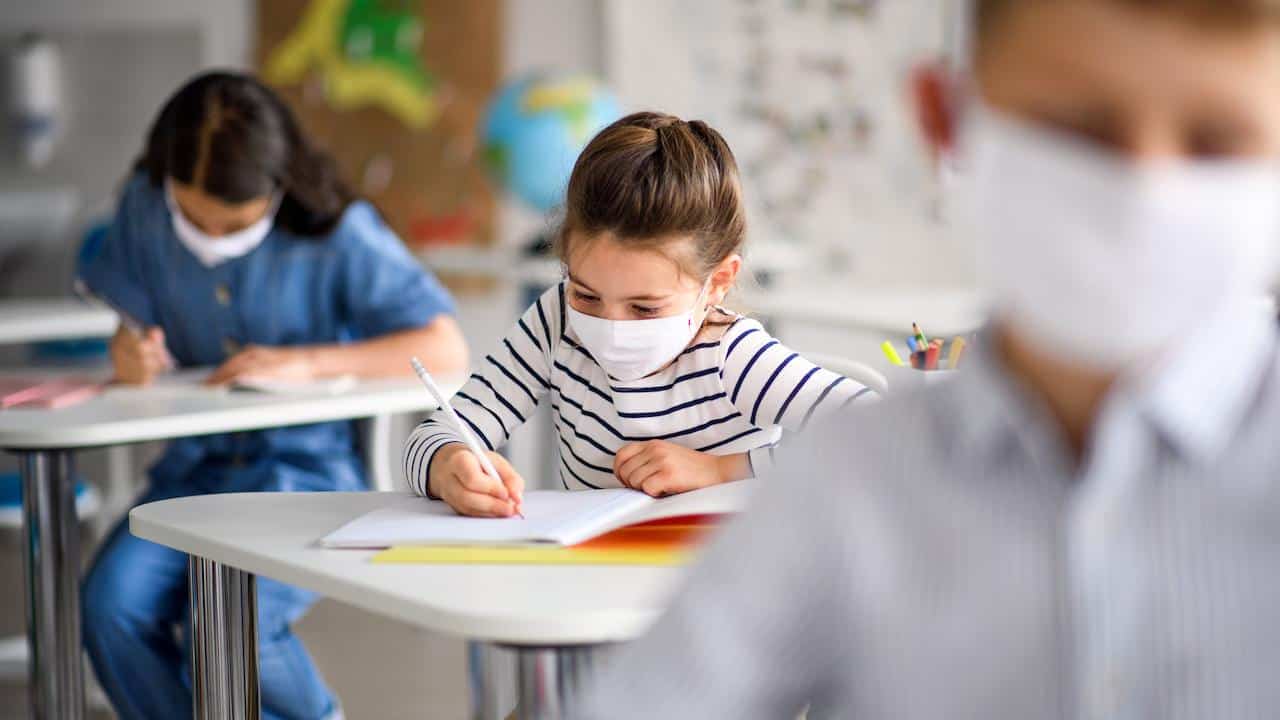As Hamilton school board pushes to keep mask mandate, U.S. study shows it gets results
Published March 12, 2022 at 12:22 am

The push this week by the largest school board in Hamilton to keep one of the simplest of COVID-19 protections — a mask requirement — coincides with new findings about how well that has worked in the United States.
The Hamilton-Wentworth District School Board (HWDSB) is advocating to maintain mandatory masking for four weeks after March Break, until April 15. The provincial direction from Ontario Chief Medical Officer of Health Dr. Kieran Moore is that masks will become optional in school on March 21, which will be the first school day after children have spent more than a week gathering with family and friends. Both Premier Doug Ford and Education Minister Stephen Lecce have claimed boards must follow Moore’s direction.
The Children’s Health Coalition, which includes the Hospital for Sick Children in Toronto, has said that Dr. Moore is lifting the mandates too hastily. As well, on Thursday, findings from a National Institutes of Health-funded study that looked at in-school tranmission in nine U.S. states during the Delta surge were published. The authors, whose study including more than 1.1 million students and 157,000 educators, compared school districts with mandatory masking and those with optional or partial masking policies.
Schools are not considered high-risk settings for COVID-19 transmission. As far as in-school transmission was concerned through, the mandatory-mask schools had about 72 per cent fewer cases of in-school transmission. They had about 7.3 cases acquired in school for every 100 acquired in the community. In school districts where masking was optional, or only mandatory in certain grades, the ratio was 26.4 in-school cases to 100 community cases.
That works out to 3½ times as many.
According to NIH.gov, the findings were drawn from 61 school districts between July 26 and Dec. 13, 2021. That period covers the Delta surge and the start of the Omicron surge. The states included were California, Georgia, Kansas, Missouri, North Carolina, Tennessee, Texas, Washington and Wisconsin.
The Omicron BA.2 subvariant, which is expected to become the main variant in Ontario later this month, is considered highly transmissible. However, high vaccination rates and experience with the virus are expected to provide Hamilton with “a strong line of defence,” in the words of City of Hamilton COVID-19 Operations Chief Michelle Baird.
On Friday, HWDSB Chair Dawn Danko and Director of Education John Bryant sent a letter to families stating they are in “active contact with the Ministry of Education to gain clarity on the next steps” to keeping a mask mandate until mid-April.
As we head into March Break, families may be wondering what schools will look like when students return to class.
Read our Letter to Families on the Lifting of COVID-19 Restrictions for details on how schools will operate March 21.
What you need to know: https://t.co/Ow1JJEeP29 pic.twitter.com/LErlHDnatc
— HWDSB (@HWDSB) March 11, 2022
Schoolchildren who are five to 11 years old have been vaccine-eligible for less than four months. In Hamilton, just over one-third of children in that age group have two doses of the vaccine and just over half have had at least one dose. (Officially, the count is 32.88 and 52.52 per cent.)
Third-dose coverage among Hamilton’s 12- to 17-year-olds is 10.4 per cent. That age group only became fully eligible for third doses in mid-February, and have to have waited six months since ther second-jab.
More than two-thirds of HWDSB schools reported that more than 10 per cent of their students and staff were absent on Thursday. Fifty-eight per cent of schools in the four public boards also had an absence rate above 10%. (There is a one-day lag in absence reporting.)
More information about the NIH-funded study is available at publications.aap.org.
insauga's Editorial Standards and Policies advertising





